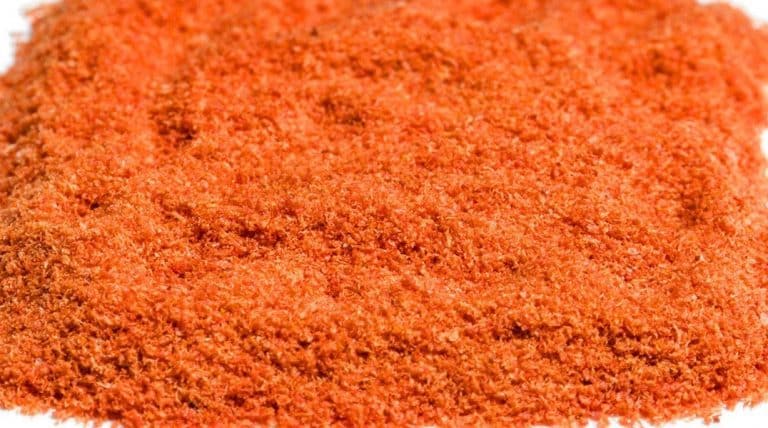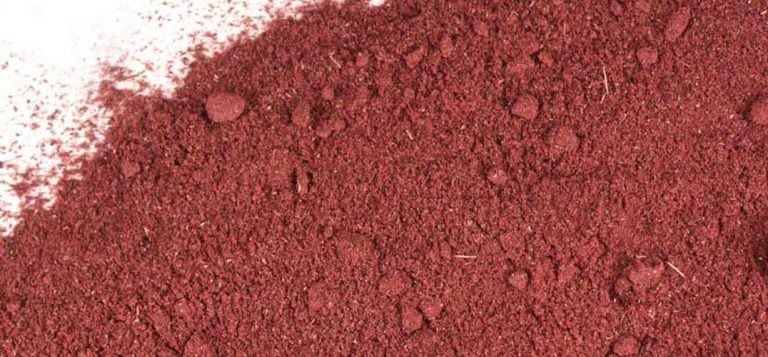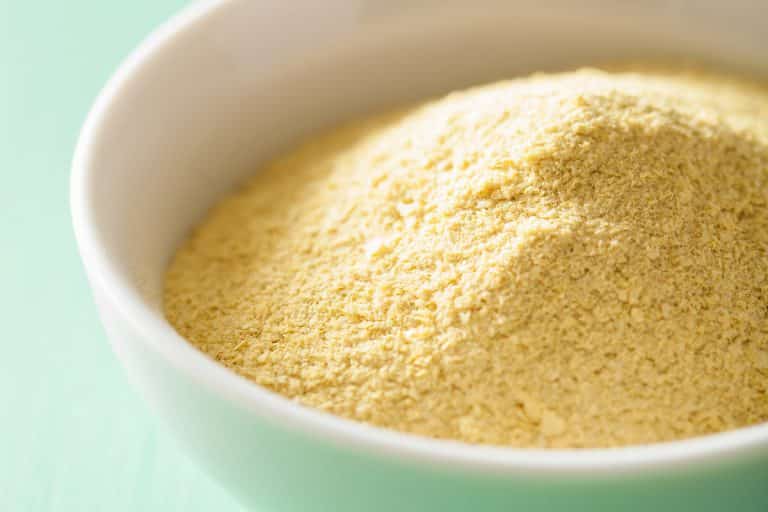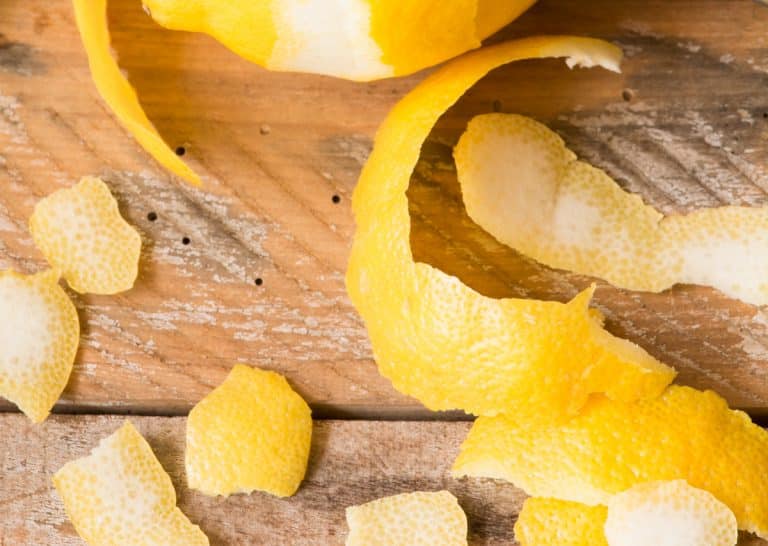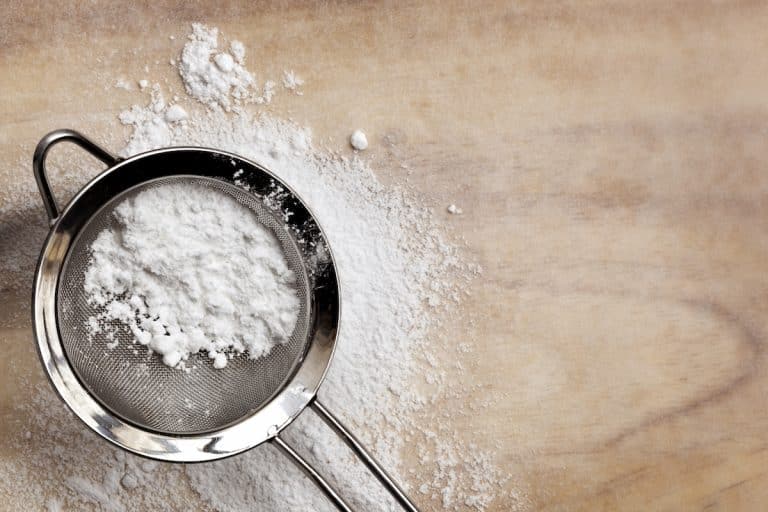Tomato powder is made from dehydrated tomatoes, which are ground to powder. While the identity of the first person to make powdered tomatoes may be lost to history, what is known is that it the Aztecs were sun-drying tomatoes as early as 700 AD. The Aztecs salted and dried tomatoes to remove their moisture, which helped to preserve them for longer periods. Dried tomatoes were able to provide nutrition during seasons where it was impossible to grow and harvest fresh fruits and vegetables.
Tomato powder made from sun-dried tomatoes was widely used in Italy in the 19th century and was seen as preferable to canned tomatoes due to the risk of lead poisoning from the cans. Modern methods for making tomato powder include spray-drying, oven drying and freeze drying. Today, tomato powder is produced commercially in many places around the world including Israel and Niger. It is popular for the same reasons that the Aztecs dried tomatoes—long shelf life and versatility.
